Earth and Solar System Chapter Notes | EVS for Class 2 PDF Download
| Table of contents |

|
| The Solar System |

|
| The Sun - Our Bright Star |

|
| The 8 Planets |

|
| The Moon – Earth’s Friend |

|
| How Earth Moves |

|
| Fun Facts about Solar System |

|
The Solar System
The solar system is like a big space family!
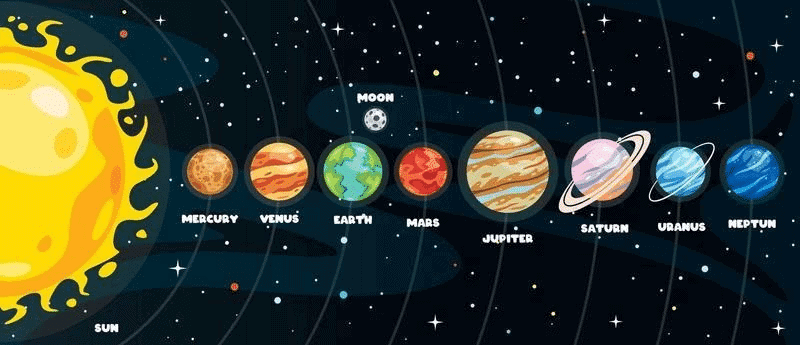
- At the center is the Sun, and around it move eight planets, moons, and other space rocks.
- The Sun keeps everything in place with its strong pull, called gravity.
The Sun - Our Bright Star
The Sun is the only star in our solar system.
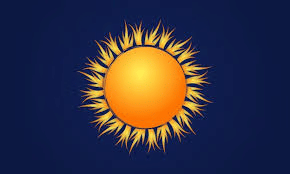
- It gives us light and heat, which help plants grow and keep us warm.
- We see the Sun rise in the east and set in the west.
The 8 Planets
Let’s meet all the planets that go around the Sun!1. Mercury (The Nearest Planet)
Mercury, the smallest planet in our solar system and the closest to the Sun, is only little bigger than Earth's Moon.
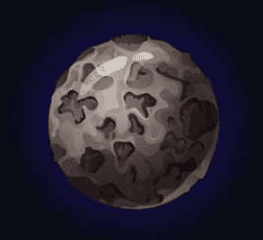
2. Venus (The Hottest Planet)
Venus is Earth's closest neighbor and the second planet from the Sun. It is sometimes called Earth's twin because of its size. Even though Mercury is closest to the Sun, Venus is the hottest planet in our solar system.
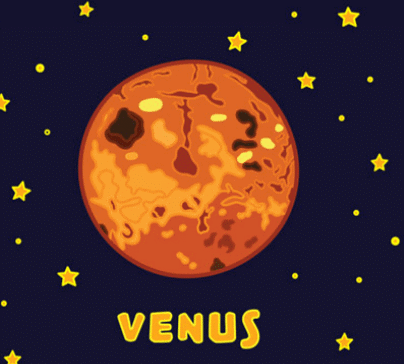
3. Earth (Our Home)
Earth is our home planet; the third planet from the Sun; it is the only place we know of where life can exist.
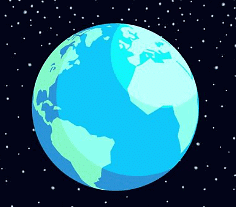
4. Mars (The Red Planet)
Mars, a cold, dry and dusty planet with a thin atmosphere, is the fourth planet from the Sun.
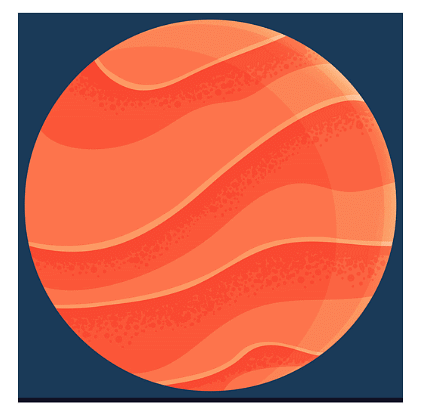
5. Jupiter (The Largest Planet)
The largest planet in the solar system and the first gas giant from the Sun is Jupiter. All of the other planets in the solar system could fit inside Jupiter.

6. Saturn (Planet having a Ring)
The second-largest planet in our solar system, Saturn, is located at a distance of six planets from the Sun.

7. Uranus (The Coldest Planet)
The seventh planet from the Sun is Uranus. It is also the coldest planet in our Solar system.
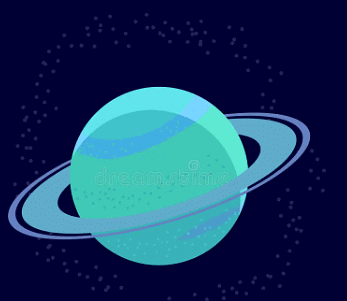
8. Neptune (The Farthest Planet)
The fourth largest and eighth planet from the sun, Neptune is also a gas giant.
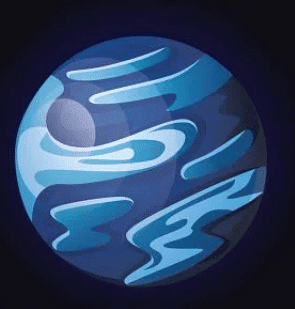
The Moon – Earth’s Friend
Earth has one Moon that goes around it.
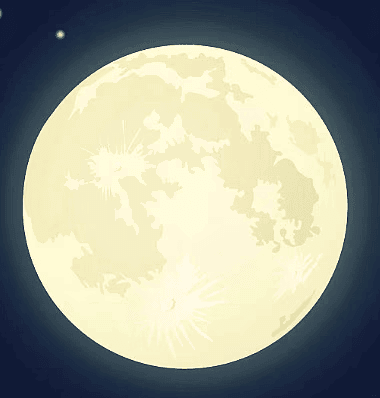
- The Moon looks bright, but it has no light of its own—it shines because of the Sun.
- It helps us see at night and affects ocean tides.
Do you know?
- Inner planets: Mercury, Venus, Earth, and Mars are called the inner planets because they are closer to the Sun.
- Outer planets: Jupiter, Saturn, Uranus, and Neptune are known as the outer planets of the Solar System.
How Earth Moves
(i) Rotation of Earth
- Earth spins like a top.
- It takes 1 day (24 hours) to complete one spin.
- That’s why we have day and night!
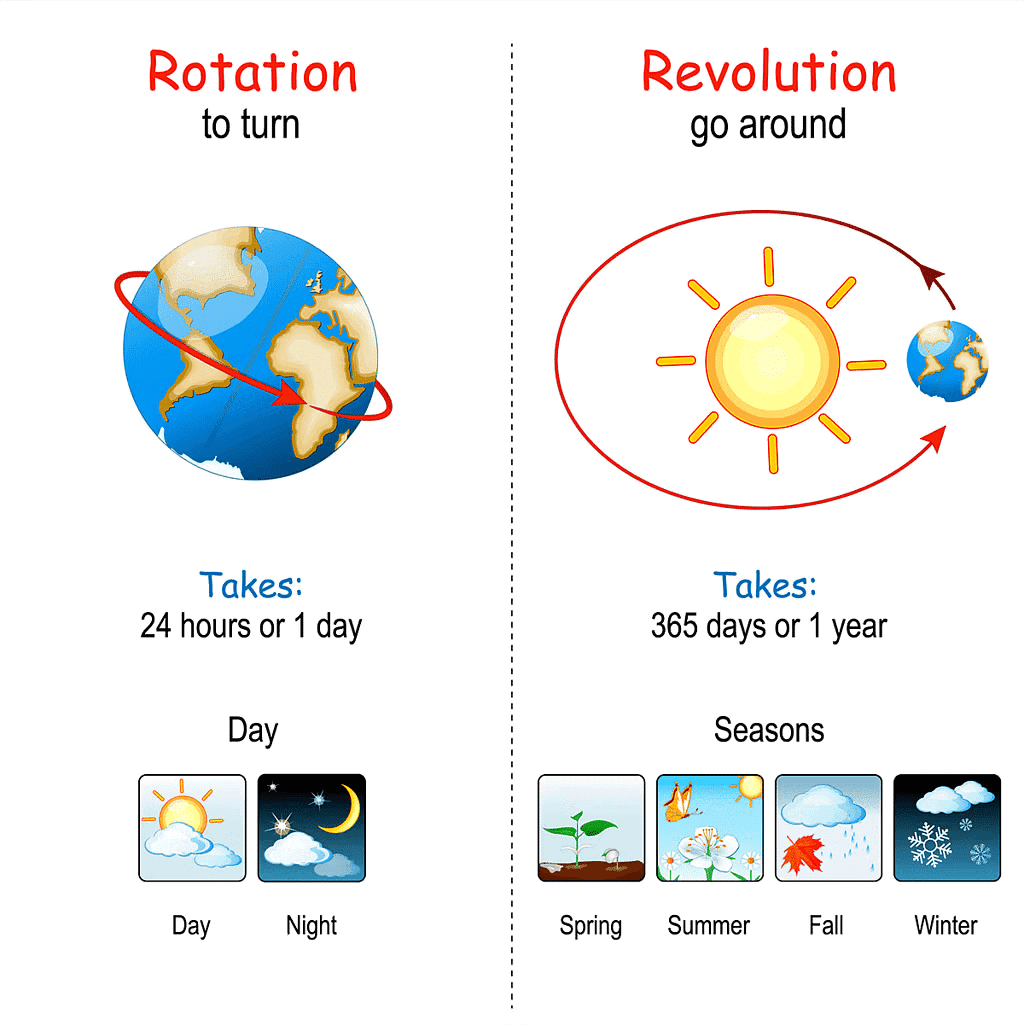
(ii) Revolution of Earth
- Earth also moves around the Sun.
- It takes about 1 year to go around once.
- That’s how we get seasons and a new year!
Fun Facts about Solar System
- The Sun is a star, and the planets go around it.
- Jupiter is the biggest planet. Mercury is the smallest.
- Some planets, like Jupiter and Saturn are made of gas, not rock.
- Our solar system is part of a big space neighborhood called the Milky Way galaxy.
- Mars has ice and may have had water long ago!
- Comets are like icy space snowballs that zoom around the Sun.
|
30 videos|304 docs|48 tests
|
FAQs on Earth and Solar System Chapter Notes - EVS for Class 2
| 1. What are the main movements of Earth in the Solar System? |  |
| 2. How does Earth's movement affect the seasons? |  |
| 3. What are some fun facts about the Solar System? |  |
| 4. Why is Earth considered a unique planet in the Solar System? |  |
| 5. How do scientists study the movements of Earth and the Solar System? |  |
















